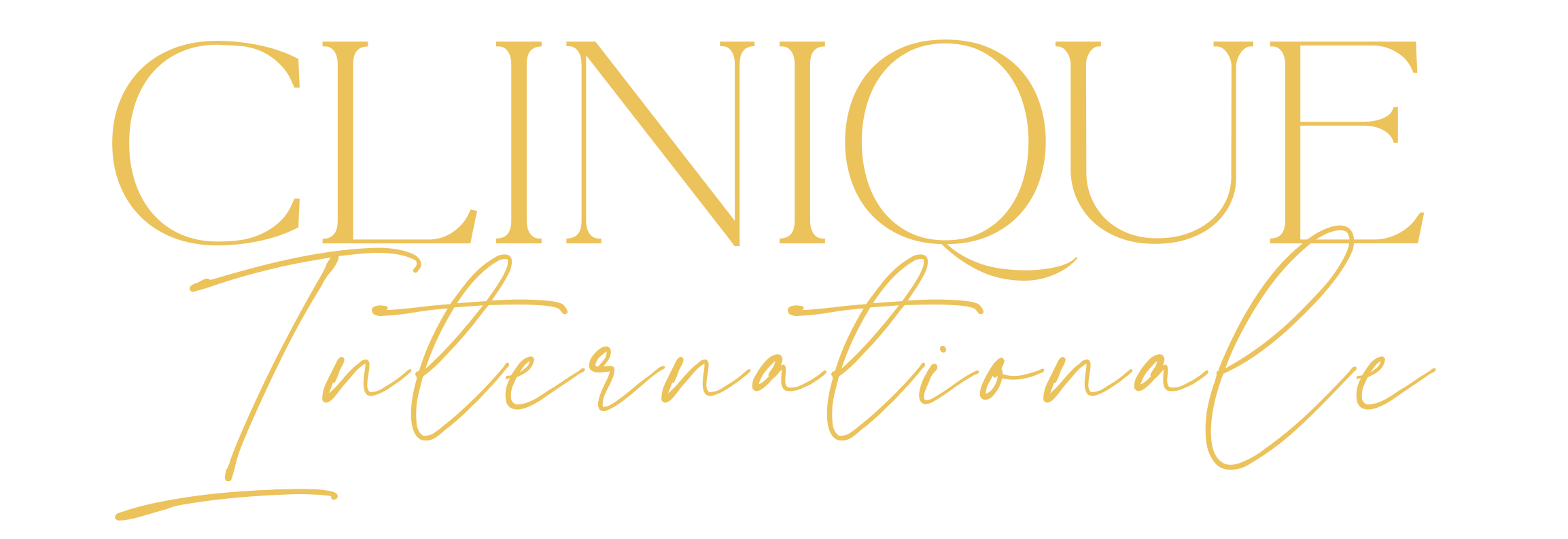In the quest to achieve desired facial contours, cosmetic procedures have become increasingly popular. One such procedure gaining attention is buccal fat removal surgery. This surgical technique, designed to slim down the cheeks, has garnered interest among individuals looking to enhance their facial aesthetics. Let’s delve deeper into what buccal fat surgery entails, who it’s suitable for, and what to expect from the procedure.
What is Buccal Fat Surgery?
Buccal fat surgery, also known as cheek reduction surgery, is a cosmetic procedure aimed at reducing the volume of fat in the cheeks. The buccal fat pad is a naturally occurring fat pad located in the hollow area of the cheeks. During buccal fat surgery, a plastic surgeon makes an incision inside the mouth, near the molars, to access and remove a portion of the buccal fat pad. The amount of fat removed depends on the patient’s desired outcome and facial structure.

Who is a Candidate for Buccal Fat Surgery?
Ideal candidates for buccal fat surgery are typically individuals who:
- Have round or chubby cheeks due to excess buccal fat.
- Desire a slimmer, more contoured facial appearance.
- Have a stable weight and realistic expectations about the outcome of the procedure.
It’s essential for candidates to undergo a thorough consultation with a qualified plastic surgeon who can assess their facial anatomy and discuss whether buccal fat surgery is appropriate for them.
The Procedure: What to Expect
Before the surgery, the surgeon will discuss the procedure in detail, including potential risks and benefits. On the day of the surgery, which is usually performed under local anesthesia with sedation or general anesthesia, the following steps typically occur:
- Incision: An incision is made inside the mouth, ensuring no visible scars on the face.
- Fat Removal: The surgeon carefully locates and removes an appropriate amount of buccal fat.
- Closure: The incision is then closed with dissolvable sutures.
The entire procedure usually takes about one hour, and patients can often return home the same day.
Recovery and Results
After buccal fat surgery, patients can expect some swelling and discomfort, which can be managed with prescribed medications. It’s essential to follow post-operative care instructions provided by the surgeon, which may include dietary restrictions and avoiding strenuous activities.
Initial results may be visible once swelling subsides, with final results typically appearing within a few months as the tissues settle and heal. The outcome of buccal fat surgery is a slimmer, more contoured appearance to the cheeks, enhancing overall facial harmony.
Considerations and Risks
While buccal fat removal surgery is generally safe when performed by a qualified plastic surgeon, like any surgical procedure, it carries potential risks such as infection, nerve damage, or asymmetry. Choosing a board-certified surgeon experienced in facial procedures can help minimize these risks and optimize results.
Is Buccal Fat Surgery Right for You?
Deciding to undergo buccal fat surgery is a personal choice that you should make after carefully considering the potential benefits, risks, and realistic expectations. It’s crucial to have a thorough consultation with a plastic surgeon to discuss your goals and determine if this procedure aligns with your aesthetic objectives.
In conclusion, buccal fat surgery offers a specialized approach to achieving facial contouring by reducing excess cheek fat. For those seeking a more defined facial profile and improved self-confidence, this procedure may provide the desired results. As with any cosmetic surgery, thorough research and consultation with a qualified professional are essential steps towards making an informed decision about your aesthetic journey.
